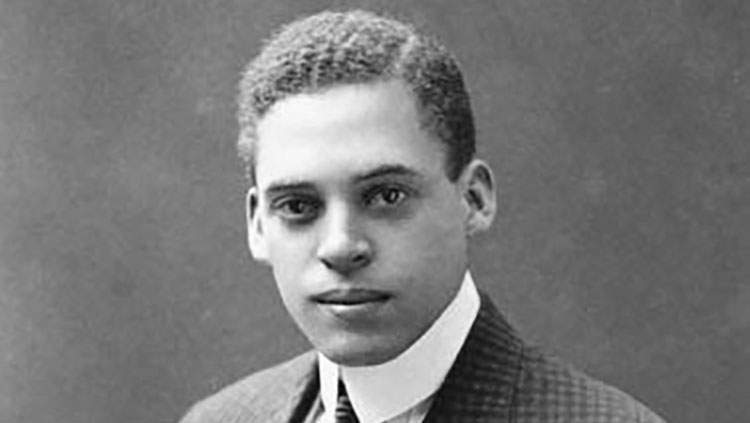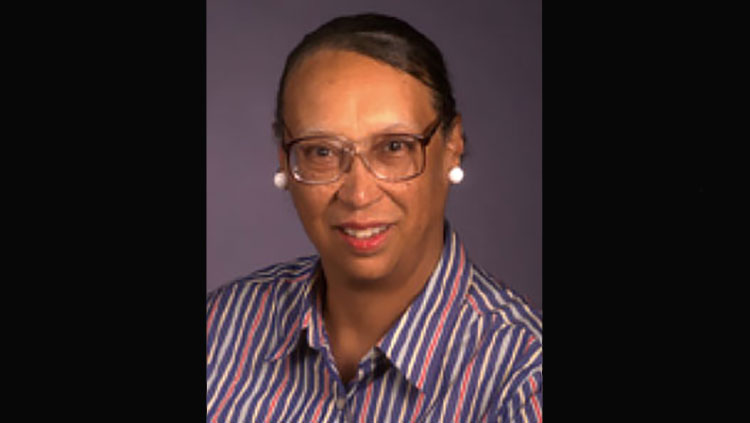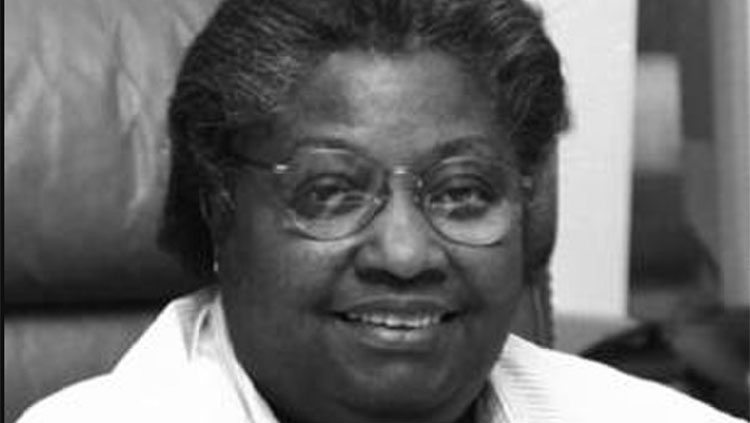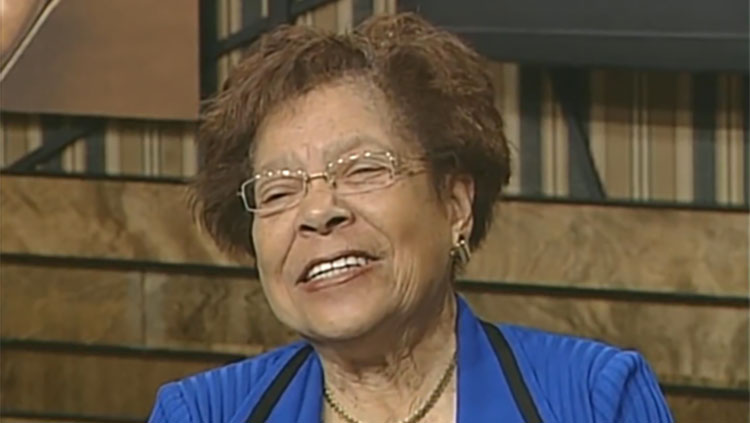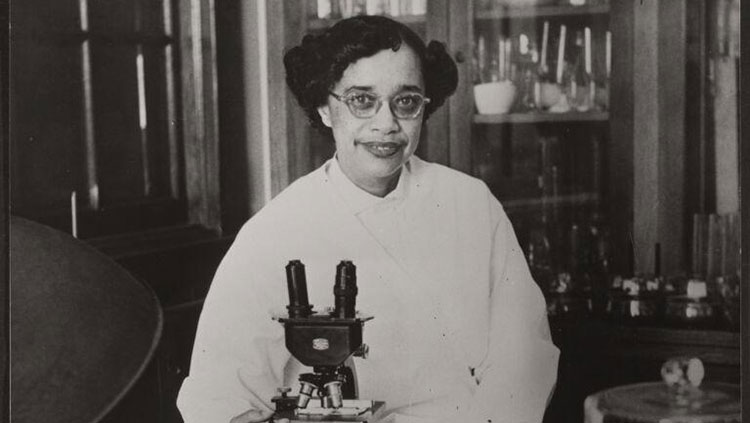Diane Lipscombe: Investigating Gates and Messengers in the Brain
- Published17 Apr 2019
- Source BrainFacts/SfN
A passion for puzzles and mystery novels laid the landscape for Diane Lipscombe to apply experiences from childhood hobbies to her neuroscience career. As the director of the Carney Institute for Brain Science at Brown University, Lipscombe studies proteins called calcium ion channels. These channels are like a series of gates that when open allow signals to be sent out to the inside of the cell to trigger different functions like muscle contraction or perceiving heat.
CONTENT PROVIDED BY
BrainFacts/SfN
Transcript
Screen Text: What do you study as a neuroscientist?
DL: So, I work on proteins that are called calcium ion channels. What are they? Well, these are proteins that are embedded in the cell membrane and they’re the channels through which calcium ions flow.
So, imagine that there’s a series of gates. And in order for us to be able to move, to speak, to think, for our hearts to beat, for memories to be stored, all of the things that make us who we are, for us to sense the environment, to feel heat, to feel cold. And imagine there’s a series of gates that unless they open, we can do none of those functions. And then when those gates open, there’s a rush of tiny molecules and tiny messengers that send out signals to the inside of the inside of the cell to trigger muscle contraction, to solidify memories, to perceive heat, cold, know what’s happening in the environment around us. So, the calcium ion channels are those gates. And the calcium is the messenger.
And so, I have been fascinated by studying those gate keepers of all, pretty much most of the signals that are essential for our brain to function and for our nervous system to be able to function.
Screen Text: What are the medical implications in studying ion channels?
DL: Calcium ion channels are at the beginning of formation of signals within the nervous system. And because they’re at this critical point of receiving signals or sending signals out within the nervous system, they’re a place where signals can get dialed up or be dialed down. And imagine a light switch. And now, on top of the light switch, put a dimmer in, so that there’s a dial and you can get brighter or dimmer. So, the gate keeper of calcium flow within the nervous system are these calcium ion channels. And so, there are lots of different ways in which that signal can be modified. And so, for example, endorphins that are released in our body are continually dialing up or dialing down the signals that are reaching our brain.
Many, many drugs that are used currently work and regulate the activity, work on calcium ion channels to regulate their activity. A good example is morphine. So, morphine downregulates the pain pathway. And part of its action, a very important part of its action, is to downregulate the activity of calcium ion channels. And so, I’m interested in understanding the role of calcium channels in mediating signaling, for example in the pain pathway. And toward finding better treatments, better than morphine, non-opioid, nonaddictive.
And so, the calcium ion channel in the pain pathway is a really important target for developing new drugs. So that’s one area of my research that has really important medical implications.
Screen Text: What’s your first memory that sparked your interest in science?
DL: And so, what I recall is always being fascinated by puzzles, like discovery, and mystery novels. I loved mystery novels. Agatha Christie. And so, I loved just looking around, wanting to know what the scene looked like, but only having little bits and pieces of clues. And then, digging into the novels and finding those clues, and then desperately wanting to know who did it before I got to the last chapter. And the thrill of actually finding out who did it before I got to last chapter in the mystery novels is just like, it was compelling, it was just like the energy that I got. So, I loved mystery novels. And then I started to do puzzles. And doing things with my hands as well as being a detective was just like incredibly exciting for me. And so, I think that that really is what solidified me into realizing that what my passions were.
And then it wasn’t til much later that I realized that I could fulfill this love of discovery, and using my hands as well, as a scientist. That wasn’t ever in my plan. I didn’t know that I could be a scientist. But I was led that way just through the things that thrilled me. So, discovery, getting to the answer with clues, and then the thrill of really hitting on the solution.


